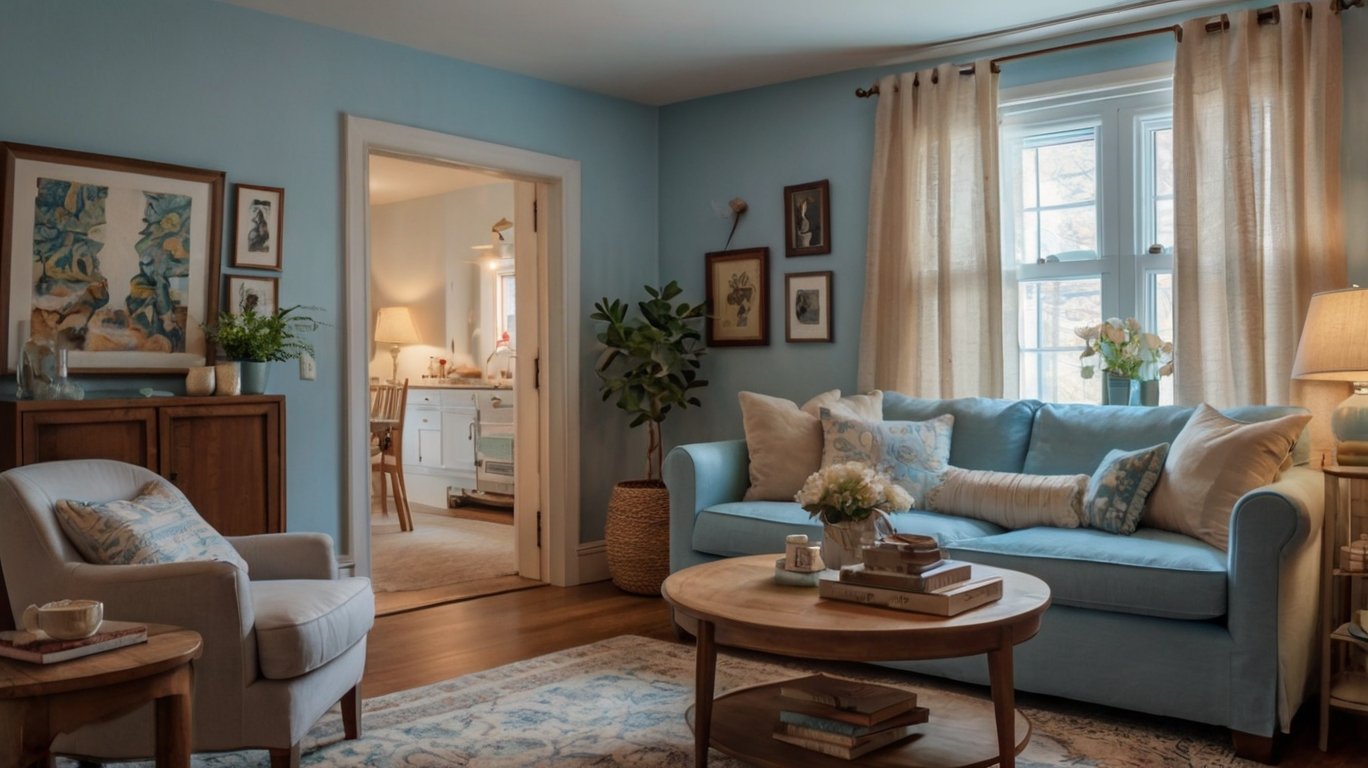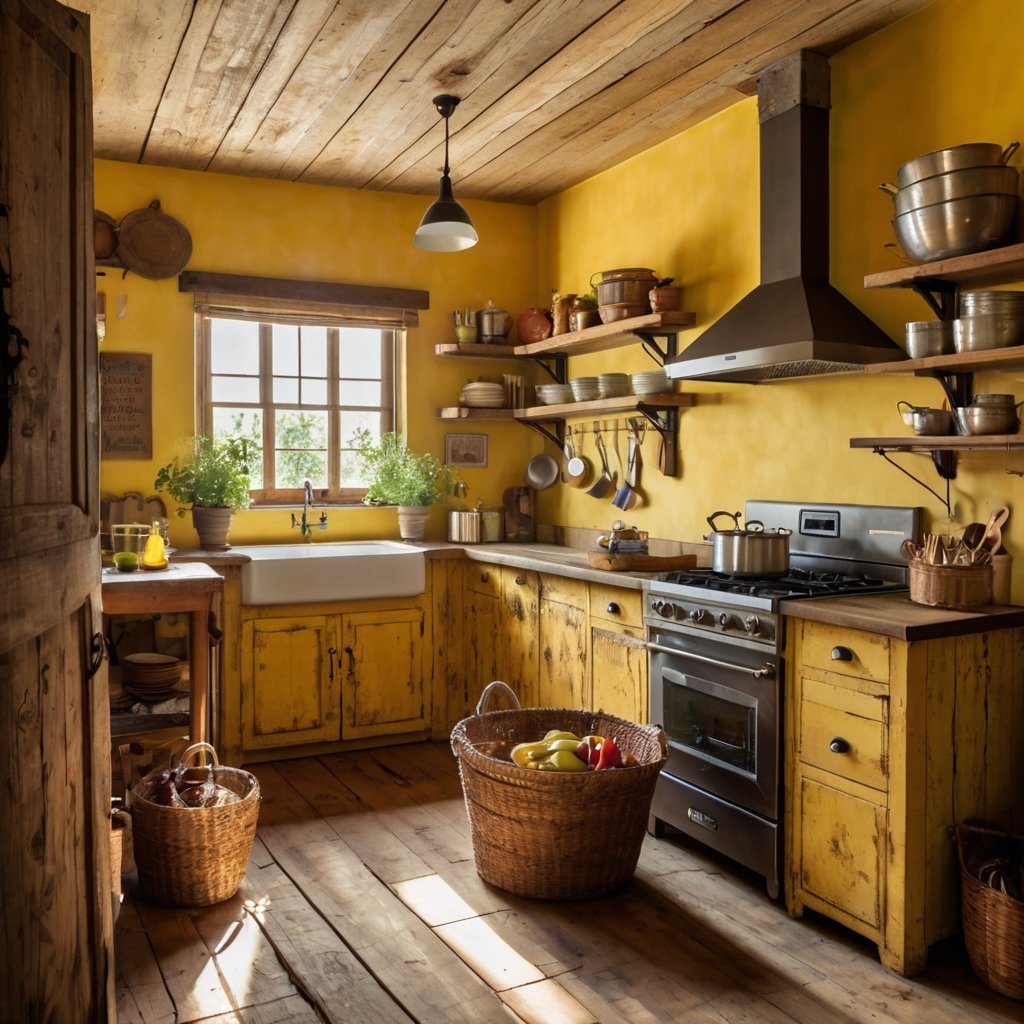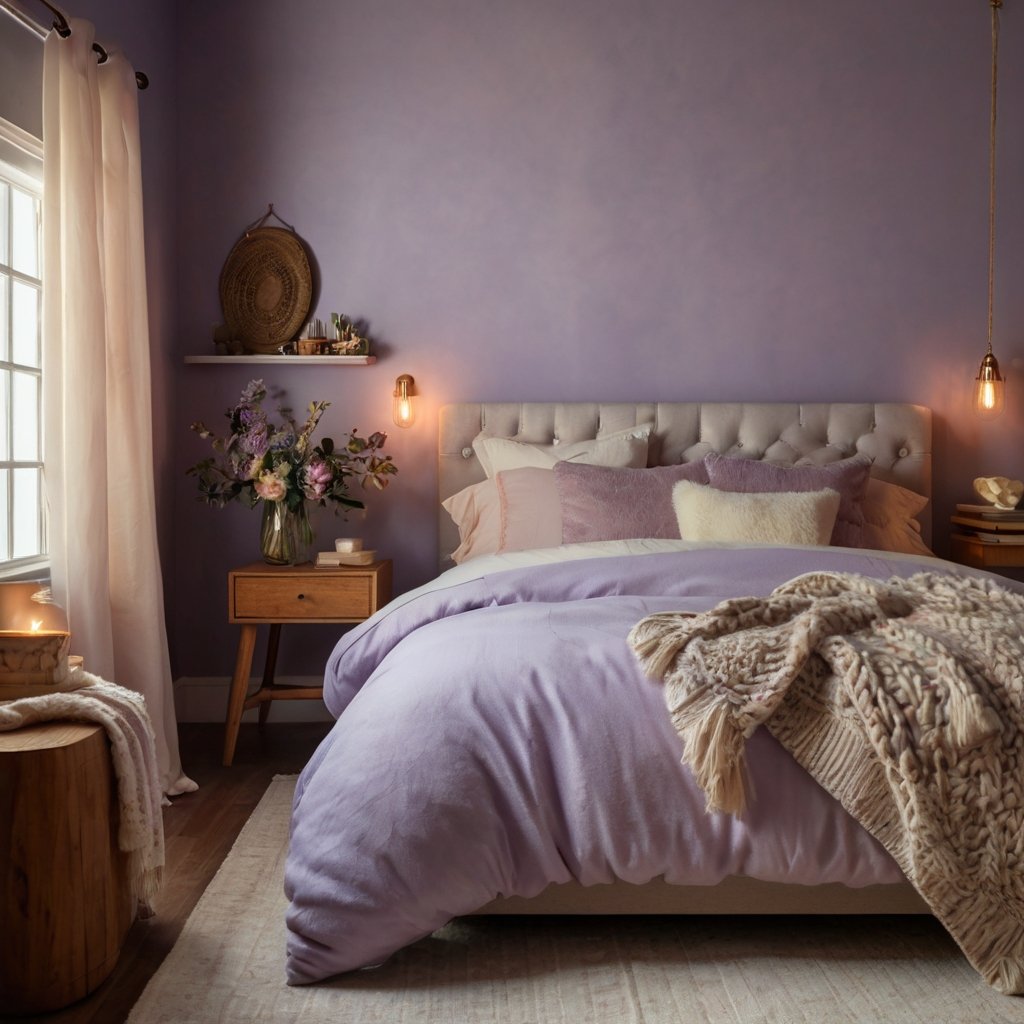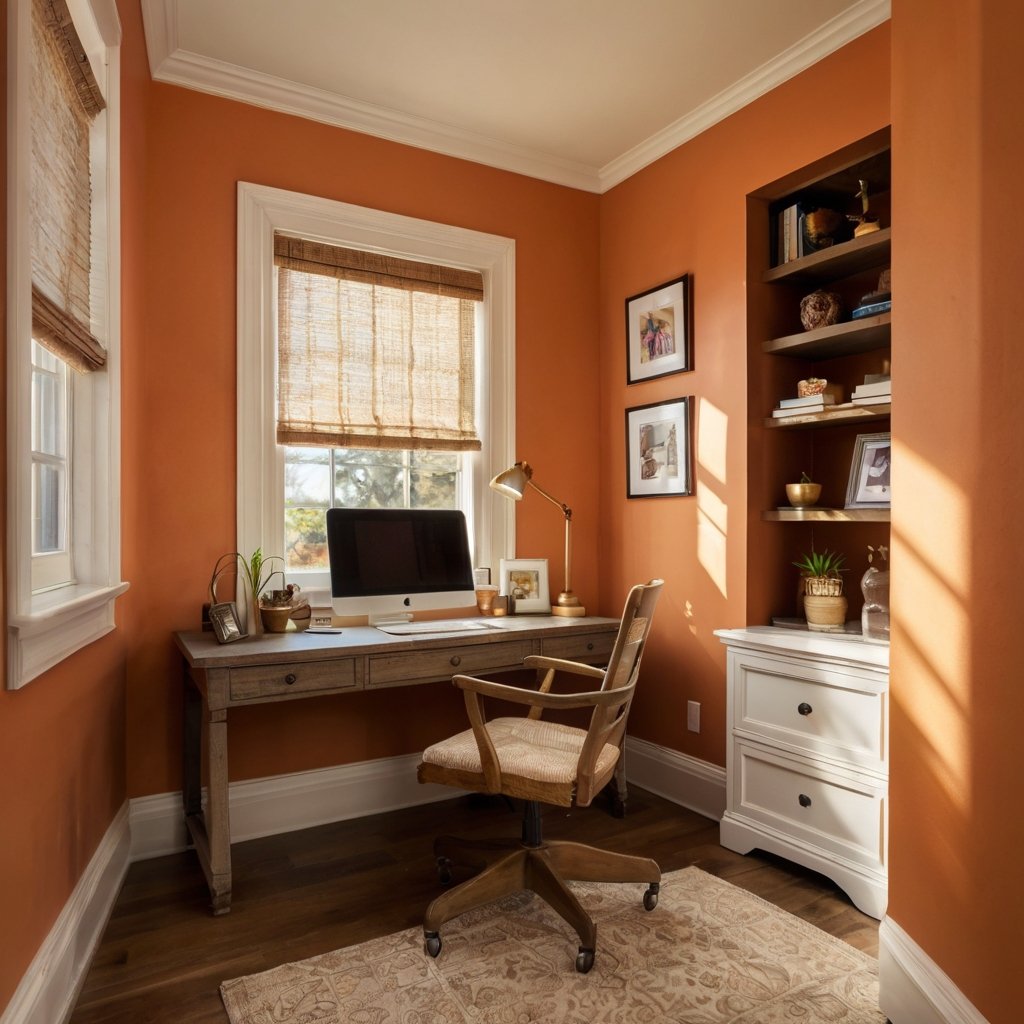How Color Influences Your Home: A Science-Based Guide to Color Psychology
Have you ever walked into a room and immediately felt calm, energized, or uncomfortable without knowing why? The colors surrounding you might be the secret influence behind those feelings. Today, we’re exploring the fascinating world of color psychology and how you can use it to transform your living spaces.
The Science Behind Color Psychology
Research has consistently shown that colors affect our mood, behavior, and even physiological responses. A comprehensive review published in the Journal of Environmental Psychology found that color influences cognitive performance, emotional states, and perceived room temperature.
According to Dr. Sally Augustin, an environmental psychologist, “Colors don’t just change how we feel emotionally—they can actually affect our body. Blue tones can lower blood pressure and heart rate, while bright reds can increase them.”
The University of British Columbia conducted a study showing that blue environments enhanced creative performance, while red environments improved attention to detail and accuracy in tasks requiring focus.
Best Colors for Each Room in Your Home
Living Room: Creating Connection and Comfort

Recommended colors: Warm neutrals, soft greens, light blues
Your living room serves as the heart of social interaction in your home. Research from the Color Association of the United States suggests that:
- Soft greens promote harmony and balance in social settings
- Light blues encourage conversation while maintaining a relaxed atmosphere
- Warm neutrals (beige, taupe) create a versatile backdrop that feels welcoming
Avoid: Very dark colors that can make the space feel confined or overly stimulating bright reds that might increase tension during long gatherings.
Kitchen: Energizing Your Culinary Space

Recommended colors: Yellow, white, soft blue-greens
The Journal of Sensory Studies has published research showing that environment colors affect taste perception and appetite:
- Yellow stimulates appetite and creates an energetic, sunny atmosphere
- White conveys cleanliness and purity—essential feelings in food preparation areas
- Soft blue-greens can actually suppress appetite slightly, making them good choices if you’re trying to mindfully control eating habits
Avoid: Purple and gray tones, which studies have shown can suppress appetite and make food look less appealing.
Bedroom: Designing for Rest and Relaxation

Recommended colors: Blues, soft lavenders, gentle greens
Sleep researchers at the University of Oxford found color significantly impacts sleep quality:
- Blues lower heart rate and blood pressure, ideal for promoting restful sleep
- Lavender has been shown to reduce anxiety and slow heart rate
- Soft greens create a sense of renewal and connection to nature
Avoid: Bright reds, oranges, and yellows, which research shows can increase alertness and make falling asleep more difficult.
Home Office: Focusing on Productivity

Recommended colors: Blues, greens, balanced neutrals with accent colors
The University of Texas research found specific colors influence workplace productivity:
- Blues enhance focus and intellectual performance
- Greens reduce eye strain and promote concentration over long periods
- Balanced neutrals with strategic yellow or orange accents can spark creativity
Avoid: All-white environments, which can cause eye strain and glare when working on screens for extended periods.
Common Color Mistakes and How to Fix Them
Mistake #1: Ignoring Lighting Conditions
Colors appear dramatically different under various light sources. Northwestern University research shows that natural daylight reveals true colors, while artificial lighting can significantly alter perception.
Solution: Test paint samples under different lighting conditions and times of day before committing. Consider how seasonal light changes might affect your color choices.
Mistake #2: Overlooking Color Temperature
Color temperature creates psychological effects that many homeowners don’t consider.
Solution: Balance warm and cool tones within your home. As Harvard researcher Dr. Nancy Etcoff explains, “Cool colors recede visually, making spaces feel larger, while warm colors advance, creating intimacy.”
Mistake #3: Creating Color Overwhelm
Too many competing colors can create visual stress and even trigger anxiety in sensitive individuals.
Solution: Apply the 60-30-10 rule: 60% dominant color, 30% secondary color, and 10% accent color in each room. This creates visual harmony while maintaining interest.
Simple Color Changes with Big Impact
Not ready for a complete repainting project? Here are science-backed changes that make a significant difference:
- Add color through accessories: Research from the Pantone Color Institute shows that strategic color “doses” can affect mood without overwhelming a space. Try blue throw pillows for calm or yellow accessories for energy.
- Consider colorful lighting: A study in the Journal of Interior Design demonstrated that colored lighting can temporarily transform space perception. Smart bulbs with color options allow you to change the mood without repainting.
- Bring in natural color elements: Research published in Nature shows that plant colors have particularly positive psychological effects. Green plants, flowers, and natural wood tones create well-being benefits beyond their colors alone.
Moving Beyond Basic Color Psychology
While color psychology provides valuable guidelines, remember that personal associations matter too. Dr. Karen Schloss from the University of Wisconsin explains, “Color preferences and associations are partly influenced by our experiences and cultural background.”
Consider your own color experiences and how they make you feel. The most successful home color schemes balance scientific principles with personal meaning.
Ready to Transform Your Home with Color?
The science is clear: colors significantly impact our experiences at home. Whether you’re planning a complete renovation or simple updates, thoughtfully chosen colors can help create spaces that support your well-being and activities.
Which room will you transform first? Remember that even small color changes can have powerful effects on how you feel in your home every day.
